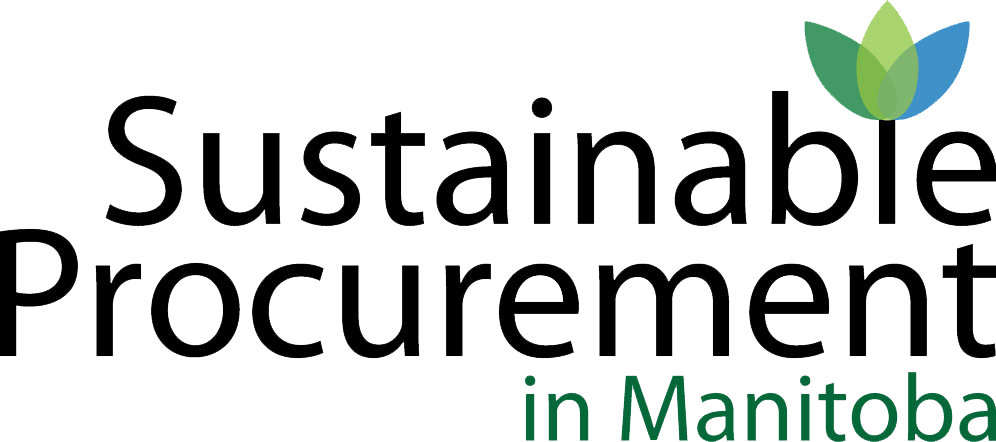You are here
Toner Cartridges
| Navigation: Minimum Sustainable Recommendations | What are the Issues? | What are the Options? |
Did you know... customers return more than 2.5 million cartridges and toner containers annually through Xerox Canada's Green World Alliance recycling program (Xerox Canada, 2019).
Minimum Sustainable Recommendations
When purchasing remanufactured cartridges, request the vendor provide the following minimum specifications:
- The vendor shall furnish remanufacture toner cartridges that have been fully remanufactured to specifications equal to or exceeding original equipment manufacture’s (OEM) cartridge standards of quality and performance, as well as approved remanufactured toner cartridge industry standards.
- Cartridges furnished to this specification shall meet or exceed the latest remanufactured cartridge standards, or the guidelines (e.g. National Standard of Canada Remanufacturer Toner Cartridge Standard - CAN 53.148-2017, ASTM, ANSI, etc.)
- The cartridge must be tested after the remanufacture process is complete.
- Remanufactured products must meet or exceed all OEM standards including page yield and print quality.
- Vendors shall guarantee in writing that they will replace any unacceptable cartridges within a reasonable time (e.g., 24 hours) and repair any printer damage (e.g., clean or replace the printer) caused by a faulty cartridge.
- Vendors must recycle end-of-life toner cartridges and provide buyer with details of its recycling program.
- Plastic cartridge casing must contain post-consumer recycled content
- Manufacture must make efforts to reduce packaging:
- The toner cartridge shall be packaged in a manner that meets or exceeds OEM standards
- Packaging for the toner cartridge shall be constructed to permit users to repackage spent cartridges for return to the manufacturer.
- All corrugated packaging must contain a minimum of 35% post consumer recycled content.
- The production of any packaging must not use CFC’s or HCFC’s.
- The packaging must not contain polyvinyl chloride plastics (PVCs).
When requesting cartridge recycling services request the vendor provide the following:
- The vendor shall remanufacture the spent toner cartridges to specifications equal to or exceeding original equipment manufacture’s (OEM) cartridge standards of quality and performance and approved remanufactured toner cartridge industry standards.
- Cartridges furnished to this specification shall meet or exceed the latest remanufactured cartridge standards, or the guidelines (e.g. National Standard of Canada Remanufacturer Toner Cartridge Standard - CAN 53.148-2017, ASTM, ANSI, etc.)
- The vendors must ensure that remaining toner in used cartridges, and all cartridges, casings, and parts not remanufactured or used to create a remanufactured cartridge, are recycled or disposed of in a manner that complies with all environmental and human health and safety laws and regulations.
- Vendor shall recycle end-of-life toner cartridges and provide details of its recycling program.
What are the issues?
Toner cartridges placed in photocopiers, fax machines and multifunction devices have significant environmental implications with respect to resource and energy consumption during their production and with regard to land pollution during disposal.
The process of manufacturing cartridges is considered energy consumptive with up to 3 liters of oil used to manufacture the cartridges plastic casing alone. Used cartridges contribute to landfill waste. 350 million cartridges are disposed of annually in North America while some of the toner in these cartridges goes unused. The toner inside cartridges is toxic and can damage the environment by contaminating groundwater and soil. Plastic cartridge casings can take up to 450 years to decompose in landfills.
What are the options?
While toner cartridges were originally intended to be a single use item. However buyers alarmed by the environmental footprint associated with these consumable items has lead to a remanufacturing industry.
Unfortunately, the cartridge remanufacturing industry began as a drill and fill operation, where a hole was drilled in its plastic shell, toner dumped in and the hole sealed in a variety of ways including using a piece of tape. Cartridge components were not inspected, repaired, cleaned, or tested prior to re-sale leading to poor print qualities, defects and often cartridges leaked toner into machines. This method of remanufacturing cartridges has left some purchasers leery of selecting used cartridges.
However, today, there are numerous qualified toner cartridge remanufactures who properly remanufacture cartridges that meet or exceed original equipment manufacturer standards (OEM).
Currently, businesses have two options to reduce their environmental impacts of toner cartridge manufacture, use and disposal:
- They can purchase and recycle the equipment manufacturer’s new cartridges and/or
- They can purchase and recycle remanufactured cartridges
Regardless of the option selected, a purchaser must find a recycling firm that facilitates the collection of empty cartridges and ensure that cartridge recycling specifications are written to disqualify companies that will not disassemble, clean, repair, remove worn parts, refill and if necessary dispose of cartridges to an acceptable standard.
Last Updated: February 2019
Theme by Danetsoft and Danang Probo Sayekti inspired by Maksimer
